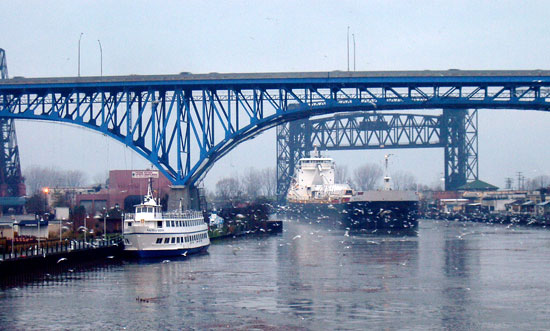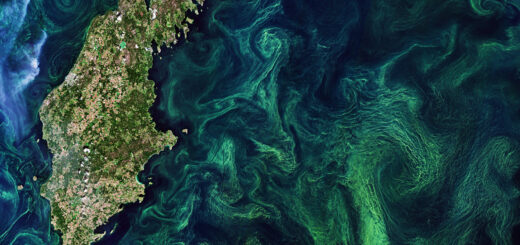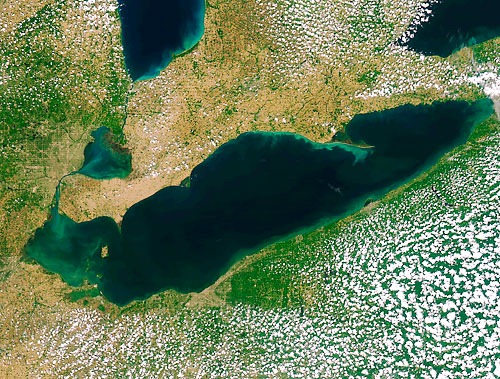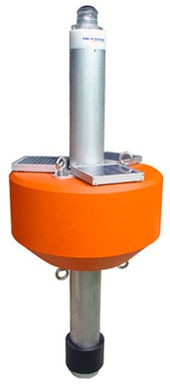Moses Lake officials to dredge 60 years of sediment buildup
0
Dredging in Washington’s Moses Lake has begun. The project aims to remove 300,000 cubic yards of sediment, which represents more than 60 years of accumulation. Commissioners granted full project approval for suction dredging, temporary sediment storage on land, and the installation of a sediment trap.
Some areas of the lake are “at capacity for sediment,” Ryan Walker, a biologist for environmental consultant group Grette Associates, told Dredging Today. According to reports produced by the Moses Lake Irrigation and Rehabilitation District, an estimated 50,000 cubic yards of excess sediment flow into Moses Lake annually. Sediment has risen to levels that prohibit boat traffic and water recreation in some areas of the lake.
Residents have seen sediment levels rise dramatically in recent years. Eric Heikell, a longtime lakefront resident, told county commissioners he has seen sediment rise an estimated three inches in the last 10 years.
Though the actual dredging will only temporarily reduce these levels, a proposed sediment trap provides a longer-term solution. The sediment trap is expected to dramatically reduce downstream deposits. A hole in the lakebed will force water to slow and sediment to fall. Engineers received a permit to install the trap with a capacity to store up to 240,000 cubic yards of sediment. County officials will then be able to empty the trap annually.
The environmental impact of the dredging project has some biologists concerned. Eastern Washington University Biologist Randy Bruce warned county commissioners at a hearing that dredging activity might harm aquatic life. He further warned that wildlife including swans and eagles might be permanently scared away by the dredging project.
While some fear the dredge will disrupt the ecological balance of the lake, Jeff Korth, from the state Department of Fish and Wildlife, said he welcomes the project.
“The idea here is to maintain the structure of the lake, more or less the way it is now, improve the channelization of the water… but maintain fish and wildlife habitat,” he explained to Dredging Today.
The dredging project aims to deliver enhanced water quality and fish habitat, while also improving the waterways for boat traffic. Engineers have assured commissioners that turbidity levels will not be raised beyond acceptable limits and water recreation will remain undisturbed.
Lake dredging starts July 1 [Columbia Basin Herald] Permit for Moses Lake dredging approved [Dredging Today] Lake Rehabilitation – Parker Horn Dredging [MLIRD] Rivers and their catchments: River Dredging Operations [Earth Sciences Branch, Scottish Natural Heritage]
Image Credit: tripadvisor.com: Lake Moses













